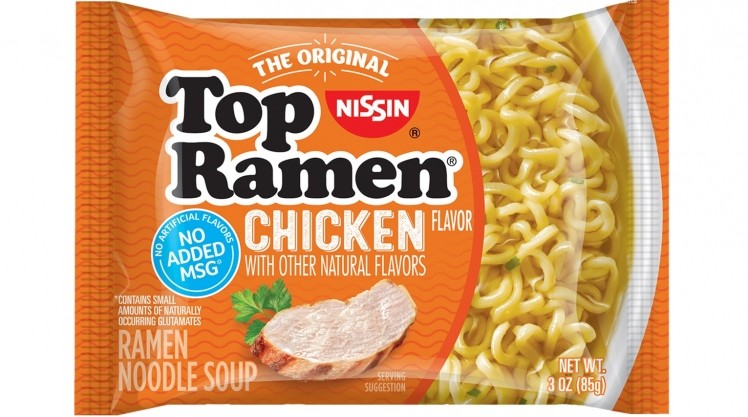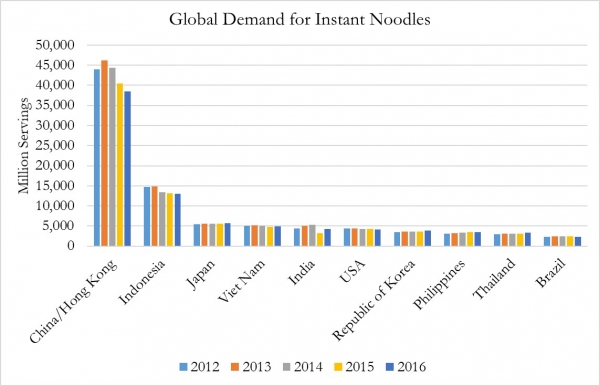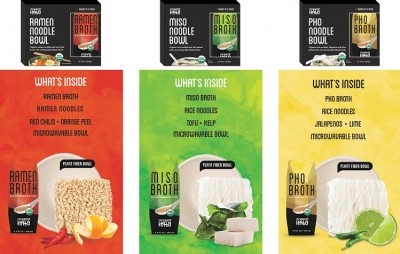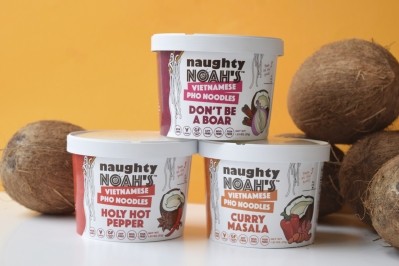‘Noodle zen’: Nissin Foods updates recipe for iconic instant ramen, cuts MSG and more

The iconic brand is reducing sodium by an average of 15% across all its flavors, while added MSG will be removed entirely, although the products still contain small amounts of naturally occurring glutamates. All artificial flavors are also being removed, said the company.
The updated products, which come with new, modernized product packaging, are still available at the same price point.
Gary Lai, director of marketing of Nissin Foods USA, told FoodNavigator-USA: “Following last year’s historic recipe change to improve its iconic Cup Noodles lineup, Nissin has now announced a significant update to its beloved Top Ramen brand to deliver three of the most desired changes by consumers: lower sodium, no added MSG and no artificial flavoring.
“This year, Nissin was the first to bring a full serving of vegetables in a cup of instant ramen with the launch of Very Veggie.
“Nissin also brought the #1 Cup Noodles flavors in Japan into the US, with the launch of Cup Noodles Seafood and Cup Noodles Curry. As the company that invented the category, innovation continues to thrive at Nissin.”
Demand and a hot culinary trend
Instant ramen noodles were invented in the late 1950s in Japan by Momofuku Ando. Ando established Nissin Food Products Co. Ltd. in 1958, and the company introduced instant ramen to the US in 1970, after it established Nissin Foods (USA) Co., Inc. in Gardena, CA.
Nissin was a founding member of the International Ramen Manufacturers Association (1997), which subsequently changed its name to World Instant Noodles Association (WINA) in 2007.
Demand for instant noodles has declined slightly in the US over the past five years, with WINA estimating that the US consumed 4.1 billion servings in 2016, down from 4.34 billion servings in 2012. China and Hong Kong remains the leading market by some distance, although demand there has also declined over the past half-decade. In 2012, demand was 44 billion servings in China/Hong Kong, but that declined to 38.5 billion in 2016.
The top 6 largest markets are China/Hong Kong, Indonesia, Japan, Vietnam, India, and the USA (see chart below).
Global demand for instant noodles exceeded 100 billion servings in 2012, and was estimated to be 97.5 billion in 2016, according to WINA.
In culinary circles, Ramen is one of the hottest menu trends of 2017, according to the National Restaurant Association.
Consumer demographics – everyone loves ramen!
Lai added that ramen appeals to multiple demographic groups, from moms cooking for the whole family, college students in the dorm, or executives looking for a quick snack in the office. “Instant ramen is loved by all ages, all ethnicities, and by households of all income levels,” he added.









